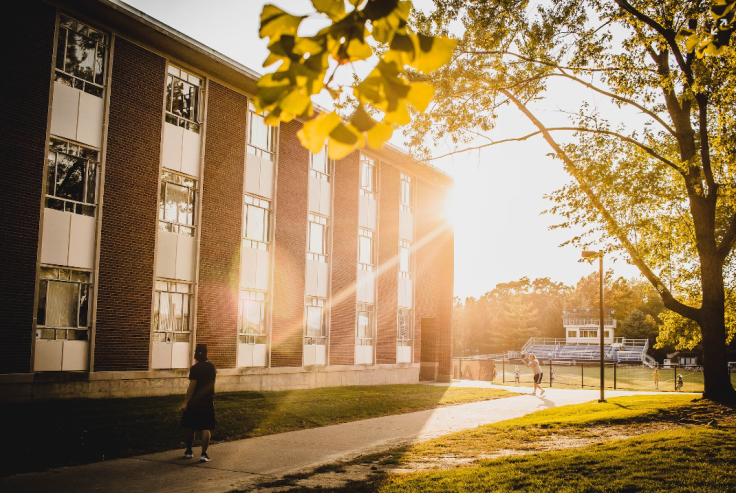In a bid to address years of enrollment declines and financial pressures, Clinton Community College has announced plans to integrate with SUNY Plattsburgh by the 2025-26 academic year.
The move comes as a strategic response to declining enrollment at the two-year college, falling from 2,249 students in 2012 to 994 students in 2022-23. This shift aims to streamline operations, reduce costs, and provide students with enhanced amenities.

Challenges Leading to Integration
The enrollment decline at Clinton Community College has resulted in dwindling tuition revenues and a budget shortfall of $850,000. The college's President, John Kowal, highlighted the impact of a changing demographic landscape, with the number of traditional-age students in rural New York declining. The move is seen as a strategy to tackle financial challenges and provide students with additional amenities available at a university.
Despite a recent increase in overall enrollment to 1,015 students in fall 2023, a significant portion is attributed to high school students taking dual-enrollment courses. Full-time first-year student enrollment has seen a 7.1% decrease, contributing to the college's financial concerns. Additionally, the institution has been under a warning status by its accreditor, the Middle States Commission on Higher Education, since summer 2022.
READ ALSO : Navigating Higher Education Challenges With Assembly's Higher Education Committee Head Pat Fahy
The Relocation Strategy and Shared Services
The integration plan involves Clinton Community College relocating to SUNY Plattsburgh, but Kowal emphasized that it is not a merger. The community college will maintain its autonomy, with its own buildings, signs, funding structure, governance, and programs. The relocation aims to reduce operational costs and provide students access to resources at SUNY Plattsburgh that were previously unavailable, including campus housing and meal plans.
The two institutions are set to develop a shared services agreement, exploring opportunities to collaborate and share resources to benefit both student bodies. While the move was met with mixed reactions from faculty and staff, Kowal highlighted the importance of the integration in ensuring the college's sustainability and avoiding potential accreditation challenges.
Broader Systemwide Enrollment Challenges
The integration of Clinton Community College and SUNY Plattsburgh reflects broader challenges faced by the State University of New York (SUNY) system. Systemwide, total enrollment has seen a significant decline from 461,816 students in 2012 to 363,312 in 2022. Governor Kathy Hochul recently celebrated a modest systemwide enrollment increase of 1.2%, marking a positive shift after a decade of declines.
SUNY Plattsburgh's President, Alex Enyedi, acknowledged the challenges but highlighted the university's financial strength, emphasizing that it is being called upon to assist Clinton Community College. The move underscores a larger trend within higher education systems, where institutions are exploring creative solutions, including shared services and strategic partnerships, to navigate financial challenges and demographic shifts.
Navigating the Future: Shared-Services as a Model for Sustainability
While the SUNY system grapples with demographic changes and economic challenges, the integration of Clinton Community College and SUNY Plattsburgh offers a model for maintaining institutional mission-specific activities while optimizing shared services and reducing costs. Jason Lane, President and CEO of the National Association of System Heads, sees this approach as emblematic of the creative thinking required to ensure the viability of institutions in the face of evolving higher education landscapes.
As systems across the country explore shared-service arrangements, campus leaders are recognizing the need for strategic collaboration to ensure sustainability. The integration of Clinton Community College into SUNY Plattsburgh represents a forward-thinking initiative, where institutions work together to preserve access, student support, and community engagement while navigating the complexities of the modern higher education landscape.
RELATED ARTICLE: Revitalizing New York's Tuition Assistance Program: Legislators Call For Reforms To Aid Lower And Middle-Class Students
© 2025 University Herald, All rights reserved. Do not reproduce without permission.








